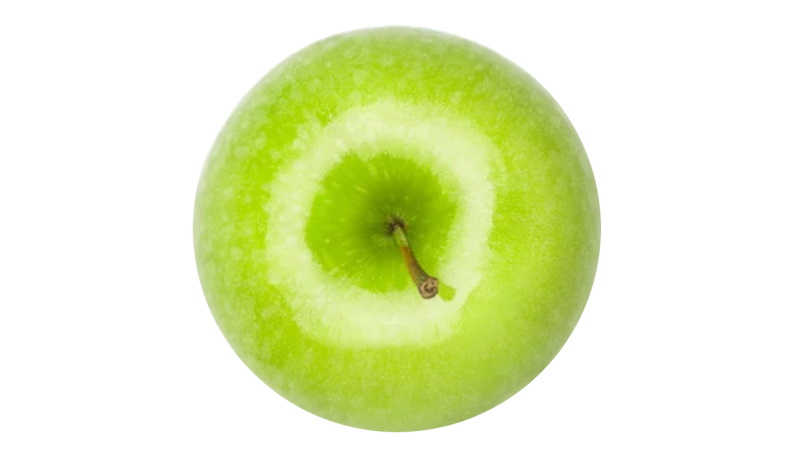On the Vineyard Checklist for Growers: Don’t Forget the Basics
Let me tell you about the 2023 grape-growing season in Virginia. Virginia is a challenging place to grow grapes. We often receive excessive rain during the growing season, and we can be challenged by cold temperatures. On top of that, we can have the variability of a changing climate, including hurricanes, polar vortexes, and drought. Drought is not usually a problem in Virginia. However, when it does happen, much of the industry is caught flat-footed in responding because we don’t normally contend with water deficits.
This past grape-growing season, we saw issues with drought stress in some of our vineyard sites. Typically, we are looking for well-drained soil under our vineyard sites to help evacuate soil moisture in our humid environment. This puts the desirable vineyard sites at an increased risk situation when we have droughty seasons.
The scenario we found ourselves in last season got me thinking about how to best prepare for the unknown challenges with a perennial cropping system. It seems to me that in the face of future unknown challenges, we can’t afford to ignore the basics and the factors we can control. Here is a quick checklist.
VINE BALANCE
One of the golden rules of viticulture is that sustainable vineyard production requires a balance between vegetative growth [leaves] and reproductive growth [fruit]. Too much fruit without enough active leaf area is a problem; Too much vegetative growth relative to fruit can be problematic as well.
To Do: Monitor the vine balance in your vineyard blocks. Collect pruning weights off a couple of sentinel vines per block. To do this, simply collect and weigh the one-year wood pruned at dormant pruning. This can be collected per vine or by panel, whatever is a better representation for the vineyard block. Take the yield per equivalent (vine, panel, etc.) and divide by the pruning weight (yield/pruning). The ideal value for this ratio is 5-10.
This exercise will give you a number to gauge the vine balance in your vineyard. When taken annually, it will provide a tool to help examine vineyard production over time. There is truth to the adage, one can’t manage what one can’t measure.
Keeping our vines balanced as a primary goal in vineyard production systems will help our vines withstand environmental extremes. For example, a balanced crop level will set the vine up with the best chance to withstand polar vortex events. In the same sense, a reasonable crop level will be most readily ripened in years with excessive or droughty rainfall scenarios.
VINE NUTRITION
With perennial crops it can be a challenge to set up and maintain an optimum plant nutrition status. For example, in Virginia we often have fairly acidic native soil pH levels. Helping keep managers diligent about monitoring soil pH and nutrient levels is one of the less sexy parts of grape growing. However, it’s one of those basic tasks that will help keep vineyards productive.
To Do: Routinely monitory the nutrient status of your vineyard. Make a habit of collecting soil tests at least every five years, and plant tissue analysis samples annually. Keep up the current research with the HiRes Vineyard Nutrition Podcast.
VINEYARD SITE SELECTION
As a new vineyard region, many vineyards installed in the mid-Atlantic are installed by novice grape growers. The challenge with this is that the very important site selection and design details are made by folks with little experience growing grapes in this environment. I tell growers to be painfully selective when designing a vineyard. In Virginia, this means seeking convex landforms and avoiding concave landforms. In that sense, don’t design a vineyard for the best of years; design a vineyard for the more challenging season. That way we avoid some of the scenarios of cold injury and water-logged soils.
To Do: Audit your vineyard. Look critically at vine performance and vine health. There are vineyards that consistently have problems and crop failures. Be pragmatic. Look at the cost to continue farming that vineyard vs. pushing the block out.
So, yes, the future is unknown, but that doesn’t mean we should just throw up our hands and accept our fate, as there are steps we can take to prepare. We must control what we can and do our best to prepare ourselves for the unknown.










